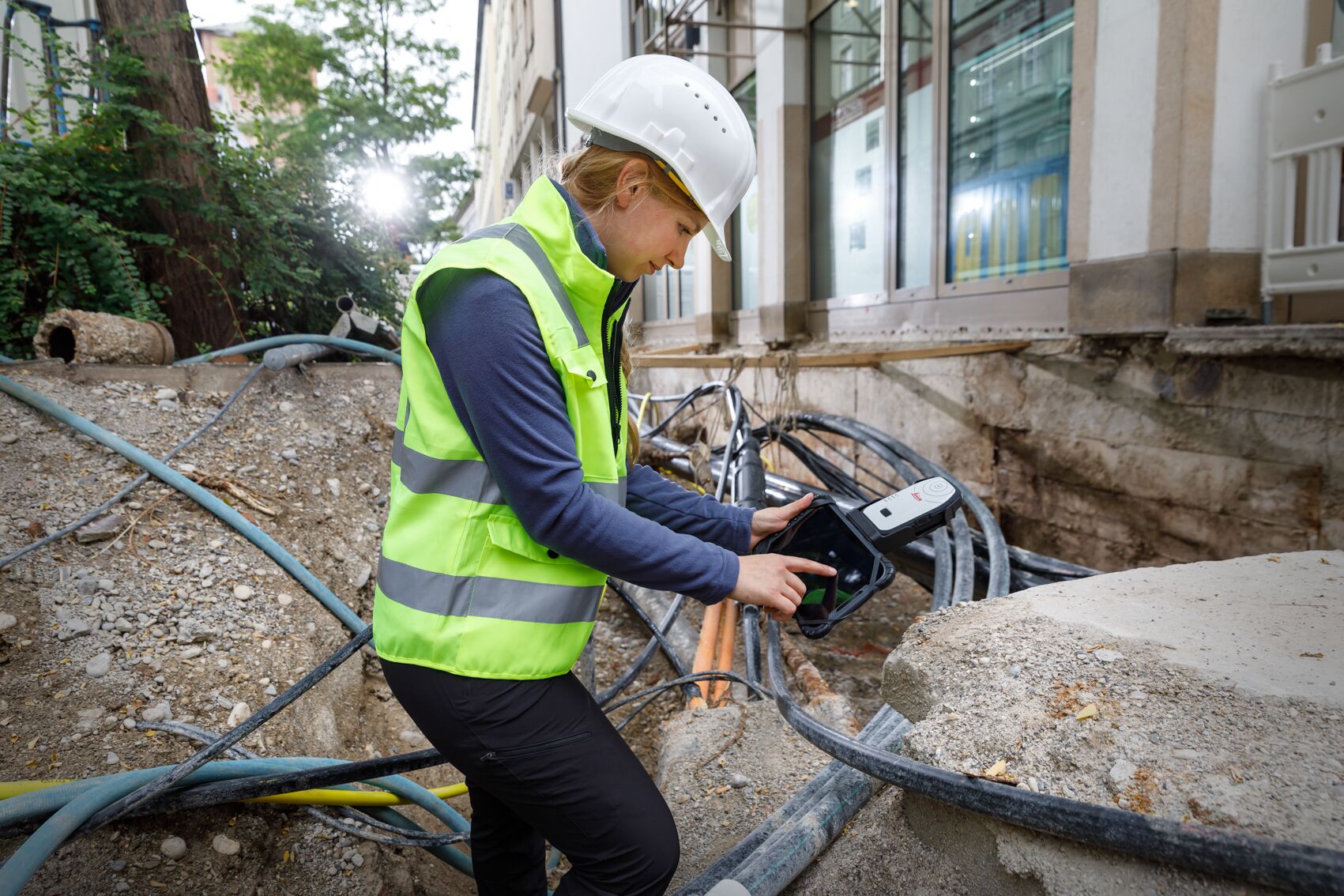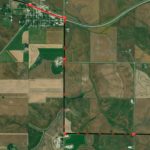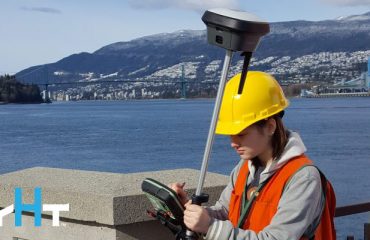Empowering every utility inspector to quickly and easily collect accurate asset data is the key to achieving a real-time, high-value city map.
The City of Saratoga Springs, Utah, is experiencing exponential growth. A relatively young city, incorporated in 1997, Saratoga Springs is currently home to about 48,000 residents, a number that is expected to double in the next 10 years and eventually reach more than 120,000.
Drawn to the city for its lakeshore living and rural atmosphere, most residents give little thought to the infrastructure and utilities. In part, that’s because they don’t have to. The forward-thinking approach of the city manager and elected officials in the City of Saratoga Springs provides keen insight into every aspect of the city’s utilities, zoning and planning, building permits, public parks and more through interactive city maps that are always up to date.
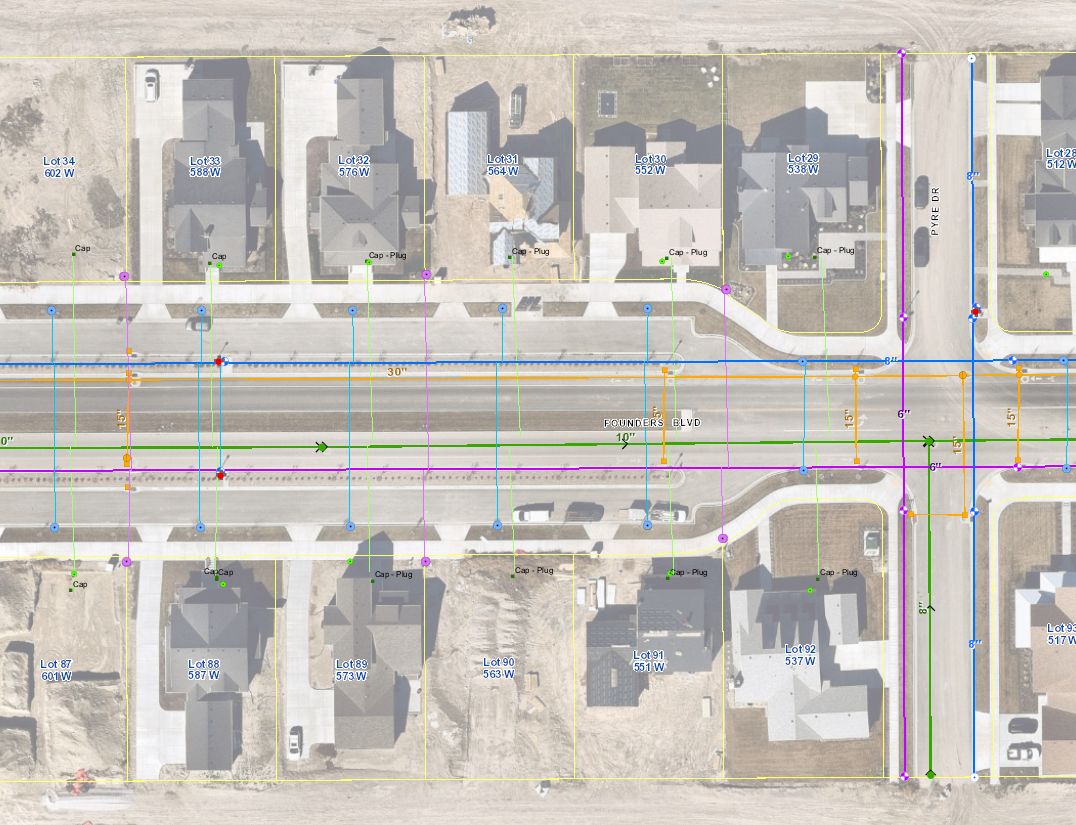
The benefit of this approach is manifold. The city can better value real estate, more accurately predict costs for infrastructure projects, and more effectively prove the economic potential of their area to businesses. It can also improve maintenance of assets through tracking inspection history and can identify how to better allocate resources, distributing funds and manpower according to need.
The city’s latest GIS improvements provide even more value—creating a model for other municipalities seeking to maximize asset management insight and efficiency.
Asset Collection Approach Leaves Room for Improvement
The city began working with GIS technology around a decade after it incorporated, initially using GIS to map pipe as it went into the ground. As the needs of the city grew, Saratoga Springs invested in a more robust database—Esri ArcGIS Server—and put GPS units in the hands of public inspectors, allowing them to perform real-time asset collection.
By 2021, the city’s GIS was highly successful and growing; the widespread availability of accurate data fueled requests for more data as city employees recognized the value. The GIS department, however, had hit a bottleneck.
“One of my first challenges when I came into this position was finding a way for all our receivers and collection apps to work together effectively,” explains GIS Specialist Justus Thomas.
The data from the GPS units did not integrate easily into ArcGIS software, which meant a tedious exporting and editing process to move data from collection to deliverable. Thomas routinely fielded three to four calls a week to help the inspectors troubleshoot the hardware, with many of those calls lasting an hour or longer. And licensing challenges created significant delays in pairing smartphones to the hardware for mapping work.
“We realized that if we’re going to require our guys to do so much data collection, it needed to be easier for them,” explains GIS Administrator Brian Gallegos.
Technology Upgrade Provides a Seamless Workflow
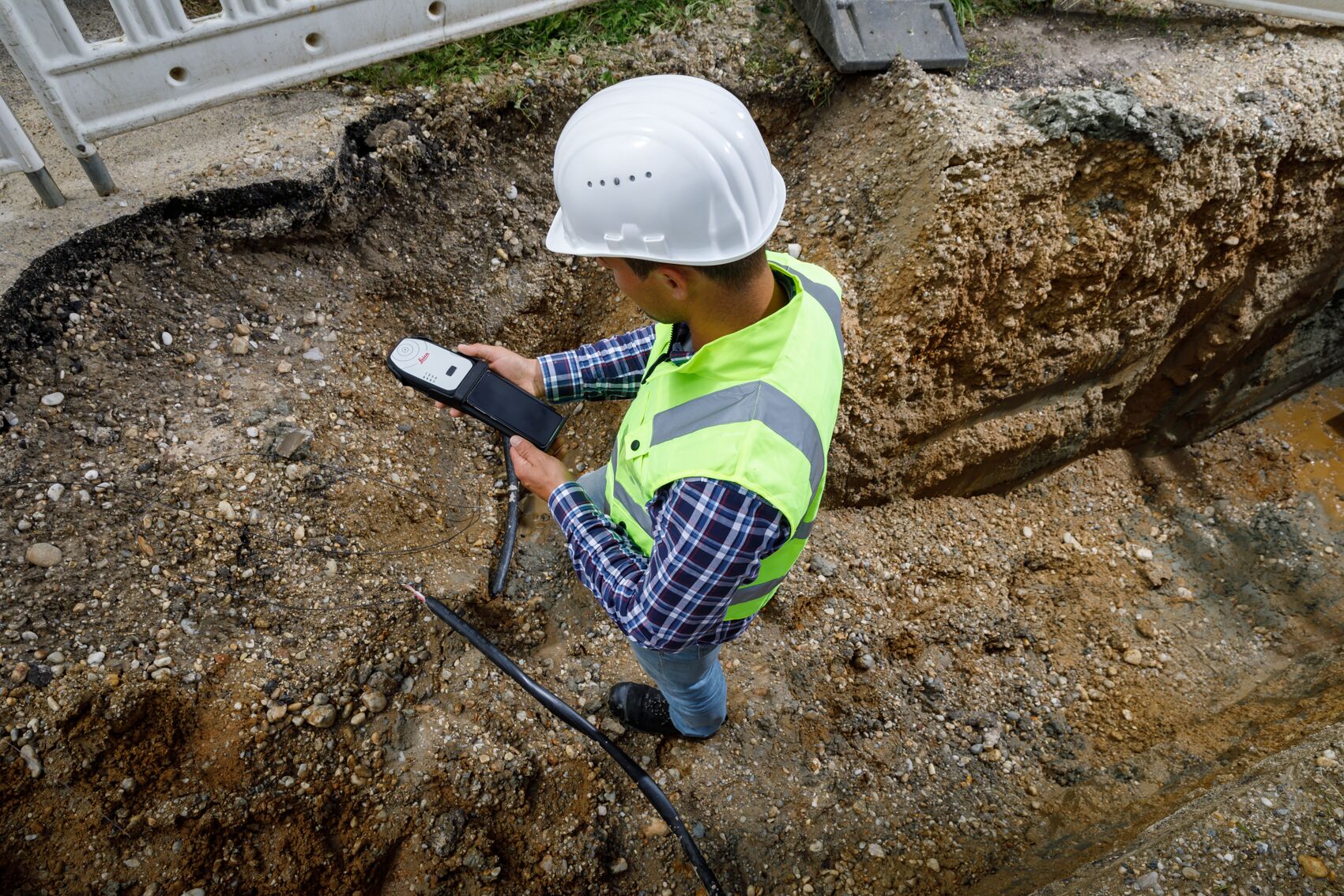
Gallegos and Thomas tested a Leica Zeno FLX100 and were impressed with the results. The smart antenna, which can be paired with a smartphone or tablet or used on a survey pole for higher accuracy, is designed for ease of use and seamless integration with commonly used field apps and GIS databases. The Leica Zeno Connect app makes it easy to stream high-accuracy GNSS positions from the FLX100 to third-party software.
“In less than 15 minutes, the FLX100 was connected to our base station and giving us 1-2 centimeter accuracy immediately,” says Thomas. “What I really love is the app interface. We can load the Connect app on our phones and connect the antenna to it pretty quickly using Bluetooth, and it works seamlessly with the Esri Field Maps app that the field crews use to find assets and report on locations.”
The city purchased the trial unit, ordered five more FLX100 receivers a few months later, and purchased an additional 11 in 2022.
Now, most utility inspectors use the FLX100 for easy, continuous capture of precise and accurate GIS assets in real time. Training inspectors on the new equipment only takes around 30 minutes, and the troubleshooting calls are virtually nonexistent.
“I’ve had a lot of really positive feedback on the FLX100 from people who are using it,” says Thomas. “It’s lighter, the battery lasts longer. It’s simpler. They don’t have to fiddle with their phone. It has helped them work faster and not spend so much time troubleshooting.”
Importantly, users are highly engaged in the GIS process. “All the inspectors like having control over what goes into the maps,” Gallegos explains. “They’ve really gained a sense of ownership for what they’re doing and building out.”
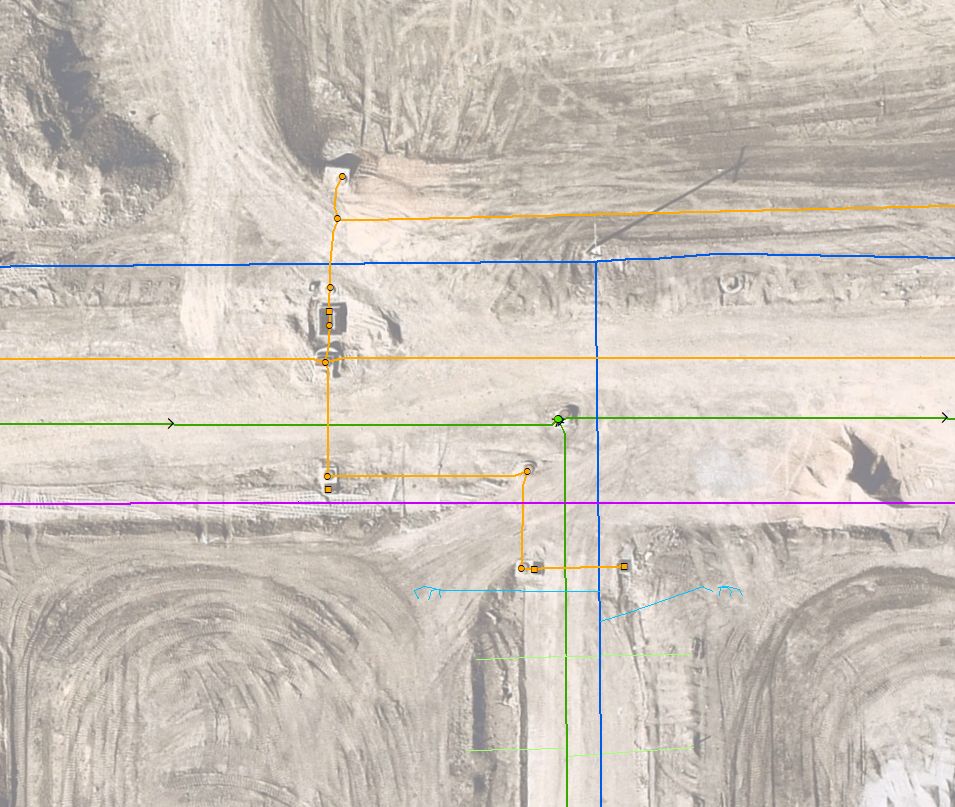
Accurate, Efficient City Maps Provide Value
For the residents of Saratoga Springs, the benefits are invisible but significant. The effective use of GIS technology allows the city to streamline workflows and facilitate easier and more accurate data sharing, leading to more informed decisions on resource allocation.
Behind the scenes is a well-oiled machine. “This solution frees up our time in managing the GIS and also gives our inspectors a more efficient process in the field,” says Gallegos. “We always strive to do the work as efficiently possible.”
About the Author
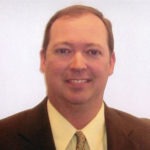 Jason Hooten has nearly 20 years of experience in the GIS/mapping and surveying industries. As GIS sales and support manager for Leica Geosystems in the U.S. and Canada, Jason guides companies in identifying and implementing solutions that simplify GIS field data collection and optimize asset intelligence.
Jason Hooten has nearly 20 years of experience in the GIS/mapping and surveying industries. As GIS sales and support manager for Leica Geosystems in the U.S. and Canada, Jason guides companies in identifying and implementing solutions that simplify GIS field data collection and optimize asset intelligence.
To talk to one of our experts and learn more about GIS asset collection or other ways to optimize your surveying and mapping potential, please contact us.
